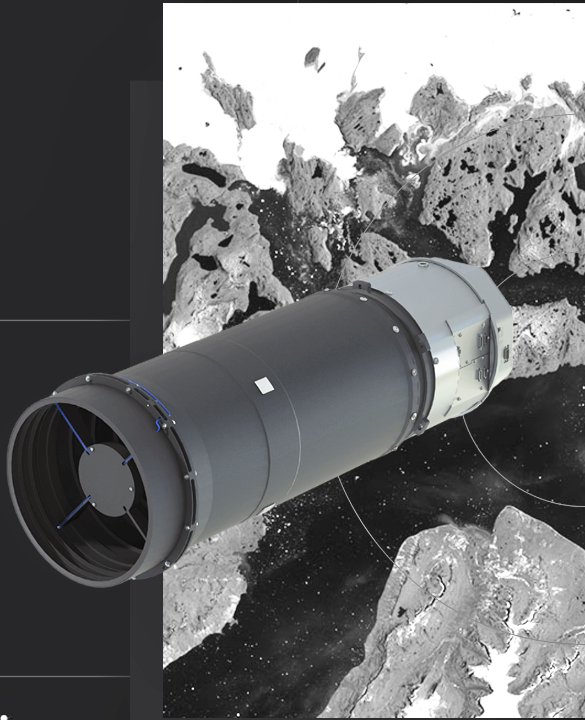Max Polyakov Finds Satellite Imaging Gem in South Africa

Max Polyakov on Track to Complete End-to-End Space Empire With Dragonfly Aerospace Acquisition
Ukrainian space industry investor Max Polyakov won’t back down and continues to build his vertically integrated space empire. This time he has added Dragonfly Aerospace to his portfolio, a South African imaging satellite manufacturer.The financial details supporting the acquisition have not been disclosed publicly. However, they are expected to be released later. The Ukrainian entrepreneur praised Dragonfly and was excited that the new purchase opens Noosphere an access to mass production of components and makes controlling costs much easier.
What Is Dragonfly Aerospace?
Dragonfly manufactures world-class cameras for satellites. They started developing their unique imaging technology in 2016 and quickly debuted in 2017 on the nSight-1 satellite. Despite being a young company, the team behind the firm has more than 20 years of experience working with a variety of satellites and payloads.Dragonfly’s cameras have drawn the attention of many space industry companies. Their innovative imaging technology has allowed them to gain customers such as NanoAvionics, Loft Orbital, and imaging startup Pixxel.Polyakov is excited to bring Dragonfly Aerospace aboard mainly because of its ability to create imaging constellations. Max Polyakov is impressed by their high-resolution images, which can be generated in a wide range of spectrums
What Are Dragonfly’s Key Products?
Dragonfly produces two types of small satellite cameras and four types of CubeSat cameras. Small satellites weigh up to 150 kg while a CubeSat typically weighs below 20 kg.
Small Satellite Cameras
The HR-250 specializes in taking high-resolution images up to 20 km wide. It is radiation-resistant and not susceptible to thermal expansion. It weighs 18 kg and is best suited to satellites ranging from 50 kg to 100 kg.The Raptor excels at panchromatic imaging and is suitable for satellites weighing between 100 kg to 150 kg. The Raptor is much larger than the HR-250, weighing 45 kg and has a reduced swath of 11 km. This satellite is most frequently used to create precise and detailed Earth mapping suitable for both civilian and military applications.
CubeSat Cameras
The Gecko is a super lightweight camera weighing only 0.4 kg it is perfect for a 1U CubeSat. The camera is fully customizable and can take 80 km wide images.The Mantis has hyperspectral and multispectral imaging capabilities. Weighing 0.5 kg it is suitable for both IU and 2U CubeSats. Among its advantages are high-speed data storage component and extensive down link capabilities.The Chameleon is a bigger version of the Gecko camera, having a weight of 1.6 kg. This satellite is known for its high-performance optics and is suited to 2U CubeSats.The Caiman is the largest CubeSat camera, weighing 1.8 km with a 20 km swath. This multispectral camera is currently under development but is planned to be suitable for 3U or larger CubeSats.Dragonfly’s innovative cameras with high-resolution imaging capabilities and specialization in the small satellite and CubeSat niche allowed the South African firm to prosper. Now we expect to hear more about Dragonfly in the future.



